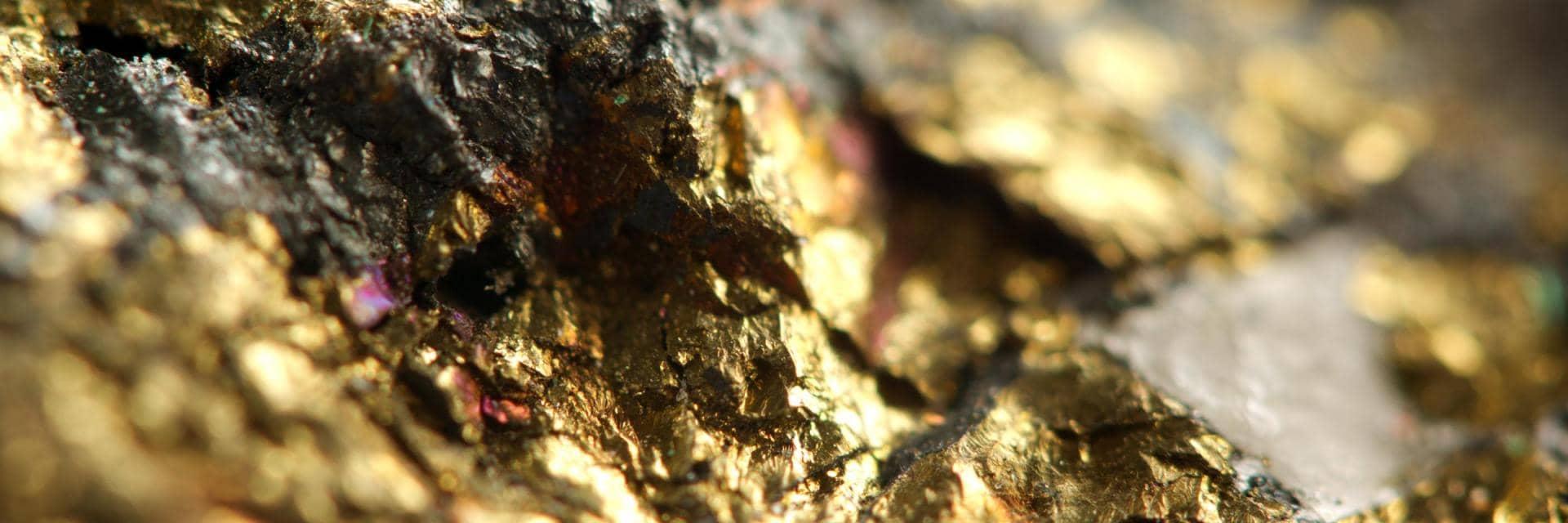
Market Perspectives September 2020
Financial markets are in fairly upbeat mood. That said, sentiment appears fragile while the focus of investors is on pandemic developments.

04 September 2020
8 minute read
By Henk Potts, London UK, Senior Investment Strategist
As the gold price tops $2,000 an ounce for the first time, surging government debt levels, COVID-19 infection risks and November’s US presidential election mean that the rally may have more to run.
The gold price has shot up in recent months, gaining an impressive 30% this year in the process. The precious metal hit a record high in August and has traded above the $2,000 an ounce mark for the first time.
Gold, often cited as the ultimate safe-haven asset, seems to be increasingly popular in a progressively uncertain world. Fears of a second wave of the coronavirus, skyrocketing debt levels, November’s US presidential election and desire to hedge risk-asset exposure have encouraged investors to boost holdings in the precious metal.
With the COVID-19 quarantining throwing the global economy into recession, its little surprise that there was an aggressive sell off in risk assets. However, investors have quickly regained their composure on hopes that the most chronic phase of the virus has passed, the easing of containment restrictions will allow economies to recover, supported by overwhelming fiscal and monetary firepower.
The improving sentiment sent stock markets soaring; the S&P 500 is up more than 50% from its March low, in the quickest recorded return to a bull market. Nevertheless, there are still plenty of reasons to remain cautious about the ability of equity markets to maintain the recent momentum. This caution has encouraged investors to hedge their equity positions using Exchange Traded Funds (ETFs).
Gold’s reputation as a store of value has also attracted investors who have concerns around currency debasement and future inflation risks. Total gold held by ETFs has risen by 31% this year to 108m ounces.
Total gold held by ETFs has risen by 31% this year
While there are many factors that have made gold attractive to investors, its traditional disadvantage is that it’s a zero interest-bearing asset. As such, it is often considered a less attractive option compared with sovereign debt that pays a coupon.
Nonetheless, the pandemic has encouraged policymakers to adopt an aggressive response. Central banks have cut interest rates and ramped up quantitative easing programmes. These measures have resulted in historically low, and in some cases negative, interest rates.
Some market participants suggest that improving risk sentiment or rising issuance could push bond yields much higher and provide greater competition for gold. We expect risk sentiment to remain brittle and that central banks will continue to accommodate government debt purchases to allow additional borrowing. As a result of the above, yields are likely to stay lower for longer and unlikely to tarnish gold’s position as the insurance of choice for many investors.
Fluctuations in foreign exchange markets can influence the price of gold. Several US-centric risks, such as its lingering social protests and nearing elections and strategic rivalry with China, helped to push the greenback to a two-year low. A weaker dollar makes gold less expensive for non-dollar dominated buyers and so can boost international demand.
Attracted by the desire to diversify away from the US dollar and its liquidity, and lack of default risk, central banks have been one of the most significant buyers of gold over the past decade. The increased demand saw the banks add 650 tonnes of the precious metal in 2019, the second highest level of annual purchases in 50 years and just behind the 2018 level. This has been very supportive of the price.
Emerging markets have led the way, with large purchases made by Turkey, Poland and Russia. Kazakhstan, India and the United Arab Emirates are among other nations to substantially increase their exposure to gold in the past two years.
The economic pressures of dealing with the economic fallout from the pandemic encouraged central banks to ease the pace of their purchases (39% lower year-on-year) in the first half of this year. However, they still accounted for net purchases of 233 tonnes and look set to be net purchasers for the eleventh consecutive year in 2020.
While the investment demand for gold has provided a fillip for the price, physical demand was dented by the COVID-19 interruption. Jewellery still accounts for much of the annual demand for gold, with India and China the world’s largest markets. Jewellery purchases slumped by 46% in the first six months of the year as quarantined economies, elevated prices and labour market disruption discouraged consumers from buying the precious metal.
Gold’s conductive, corrosion resistant and catalytic properties make it a useful component in technological, engineering and environmental applications. That said, the reduction in demand for expensive consumer electronics led to 13% fall in gold used in technology in the first half of the year.
As economic conditions normalise, jewellery and technology demand is expected to recover through the year, albeit at lower levels than before the pandemic. However, more reimposed containment measures or a second wave of infections may slow the recovery period.
As a commodity, investors need to place close attention to the supply-side of the gold equation. The two major elements responsible for the supply of gold are mine production (75%) and recycling.
Mine production levels have surged over the past ten years, but virus-related disruption reduced supply by 5% in the first half of the year. Elevated prices will encourage capital investment, but the long lead time required to exploit new projects means production levels are usually slow to react to market movements.
Recycling tends to be far more responsive to geopolitical tensions and price changes. However, recycling was also subdued in the six months to June as consumers stayed at home and key recycling centres in the US and Middle East were closed.
Expectations of stabilising economic activity should encourage extraction investment and allow recycling levels to resume a steady long-term upward trend and support future supply growth.
The commodity [gold] has generated an average return of 11.2% per annum in the ten years to 17 August 2020
Robust investment demand and recovering physical demand suggests the outlook for gold continues to be positive. The commodity has generated an average return of 11.2% per annum in the ten years to 17 August 2020.
Gold continues to appeal as a diversification tool within a broader portfolio. An appropriate weighting in gold allows investors to maintain higher exposure to equities, an asset class that is likely to outperform in the medium term, while hedging downside risk.

Financial markets are in fairly upbeat mood. That said, sentiment appears fragile while the focus of investors is on pandemic developments.

Barclays Private Bank provides discretionary and advisory investment services, investments to help plan your wealth and for professionals, access to market.
This communication:
Any past or simulated past performance including back-testing, modelling or scenario analysis, or future projections contained in this communication is no indication as to future performance. No representation is made as to the accuracy of the assumptions made in this communication, or completeness of, any modelling, scenario analysis or back-testing. The value of any investment may also fluctuate as a result of market changes.
Barclays is a full service bank. In the normal course of offering products and services, Barclays may act in several capacities and simultaneously, giving rise to potential conflicts of interest which may impact the performance of the products.
Where information in this communication has been obtained from third party sources, we believe those sources to be reliable but we do not guarantee the information’s accuracy and you should note that it may be incomplete or condensed.
Neither Barclays nor any of its directors, officers, employees, representatives or agents, accepts any liability whatsoever for any direct, indirect or consequential losses (in contract, tort or otherwise) arising from the use of this communication or its contents or reliance on the information contained herein, except to the extent this would be prohibited by law or regulation. Law or regulation in certain countries may restrict the manner of distribution of this communication and the availability of the products and services, and persons who come into possession of this publication are required to inform themselves of and observe such restrictions.
You have sole responsibility for the management of your tax and legal affairs including making any applicable filings and payments and complying with any applicable laws and regulations. We have not and will not provide you with tax or legal advice and recommend that you obtain independent tax and legal advice tailored to your individual circumstances.
THIS COMMUNICATION IS PROVIDED FOR INFORMATION PURPOSES ONLY AND IS SUBJECT TO CHANGE. IT IS INDICATIVE ONLY AND IS NOT BINDING.